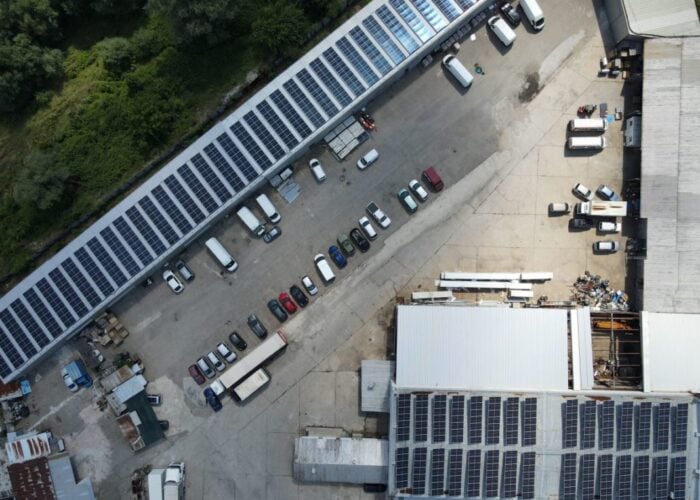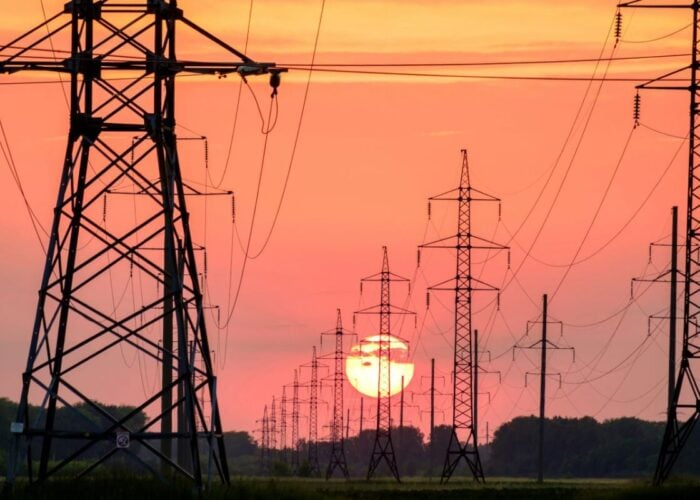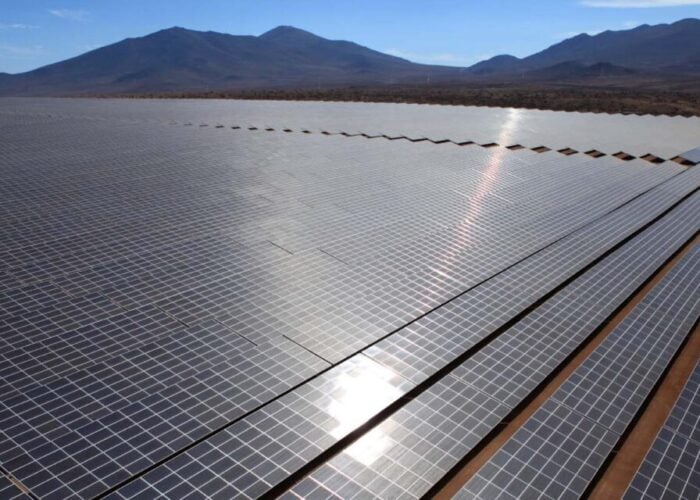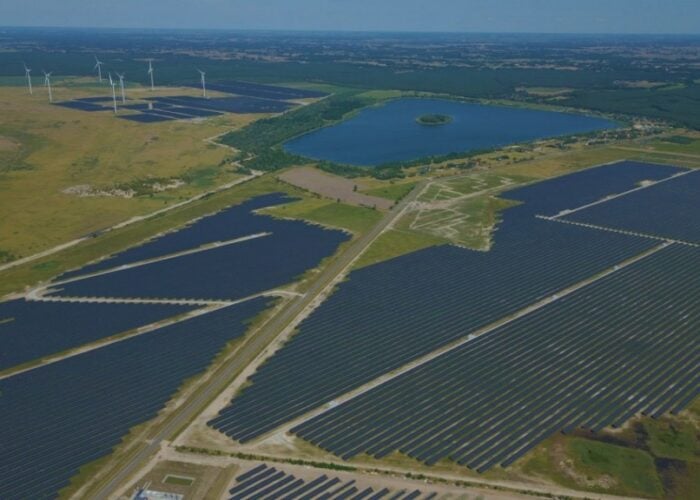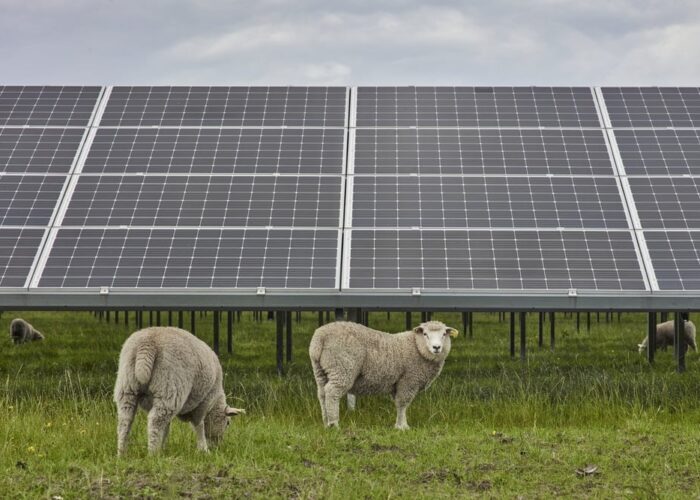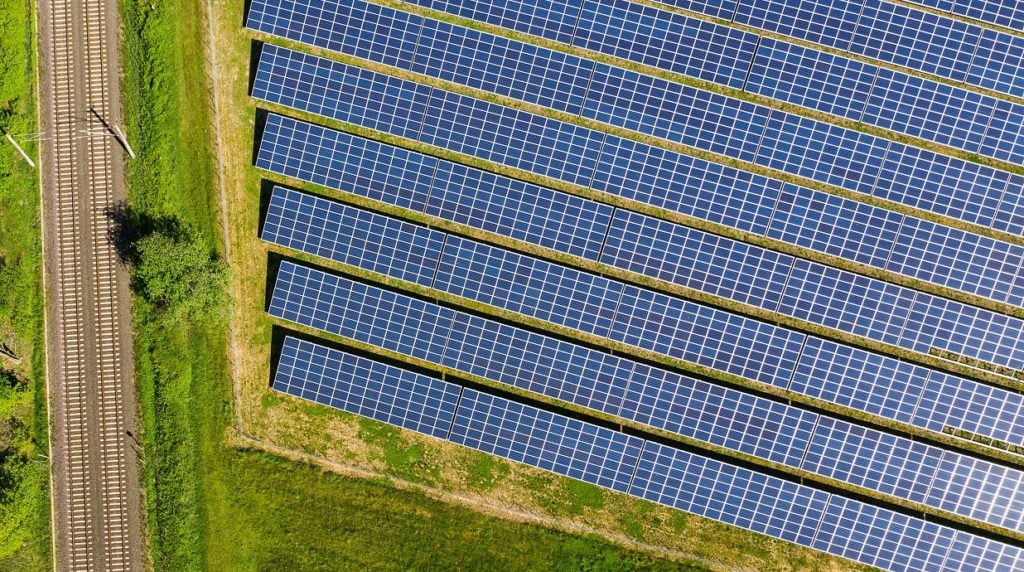
Europe could meet its 2040 renewable energy targets using just 2.2% of its total available land, according to analysis by the European Environmental Bureau (EEB), an independent representative group.
The study shows that of the 5.2% of European land which is deemed eligible for solar PV and onshore wind development by the European Joint Research Committee (JRC), less than half (2.2%) could meet net-zero targets by 2040. The land in question excludes natural reserves and high-value agricultural areas under “strict agricultural, environmental and technical criteria for hosting onshore wind and solar projects.”
Unlock unlimited access for 12 whole months of distinctive global analysis
Photovoltaics International is now included.
- Regular insight and analysis of the industry’s biggest developments
- In-depth interviews with the industry’s leading figures
- Unlimited digital access to the PV Tech Power journal catalogue
- Unlimited digital access to the Photovoltaics International journal catalogue
- Access to more than 1,000 technical papers
- Discounts on Solar Media’s portfolio of events, in-person and virtual
Or continue reading this article for free
The EEB said that rooftop and urban deployments would be insufficient to meet Europe’s renewable energy targets and that agricultural land would be needed. However, it said “there is plenty of degraded agricultural land available to expand solar energy without disrupting rural economies. This can be done in synergy with food production and soil health restoration.”
It highlighted the ways in which solar, in particular, can be paired with agricultural operations – like dual-use agrivoltaics – to ensure both practices can coexist.
Cosimo Tansini, policy officer for renewables at the EEB, said: “Renewable energies can thrive without harming food supplies or natural habitats. Evidence suggests that Europe has ample land for a sustainable expansion of renewables, excluding biodiversity-rich zones and productive agricultural lands, particularly in rural regions. By adopting participatory processes and robust mitigation measures to minimise environmental impacts, we can use renewable energy to restore land, benefit communities, and support rural economies.”
In 2022, the EU announced its Renewable Energy Directive, which included accelerated permitting for clean energy projects that potentially bypass some environmental legal requirements.
A major recommendation the group made was for connection and collaboration between European countries. It said that Germany and Italy, for example, would be unable to meet their deployment goals without using valuable agricultural land or protected areas, whereas both Spain and Romania have “an abundance” of suitable land, “well above their energy needs”.
To that end, the EEB recommended a “European ‘supergrid’” to “connect resources, balance energy distribution, and achieve EU-wide decarbonisation through cooperation and reduced waste.”
In its report, which can be read here, the EEB said that currently, 5.57% of European land consists of built-up areas, 47.9% agricultural land, including 2.75% for industrial crops, and 18.61% of protected areas with an additional 16.67% for nature restoration.
Based on these statistics, and the 2.2% figure for renewable energy deployments, it said: “With the right land-use planning and environmental safeguards in place in EU countries, the required solar and wind installations can therefore be deployed with a minimal land footprint and without compromising biodiversity protection, food production and wider agricultural activities, or future nature restoration needs.”

